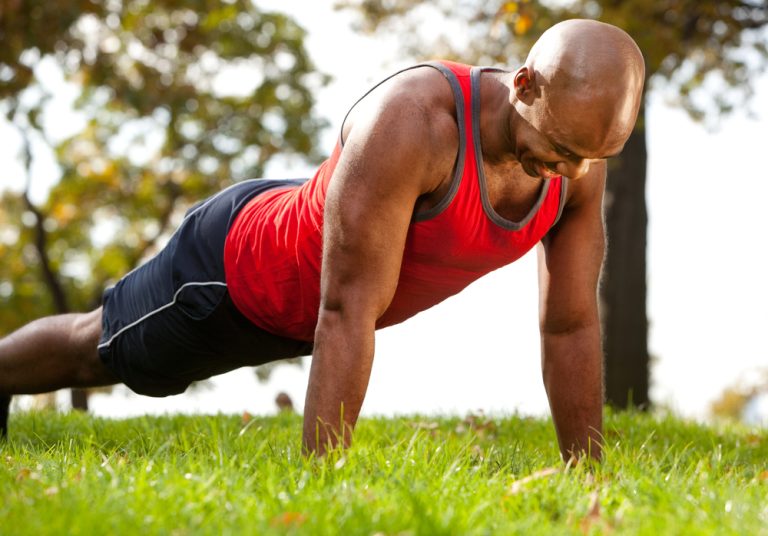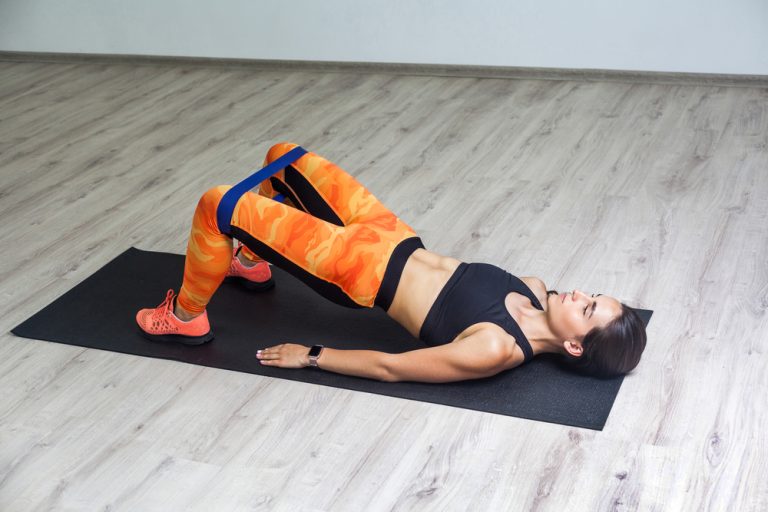Push-ups remain one of the most accessible and effective exercises for building upper body strength, stability, and endurance. Yet, despite their simplicity, many people perform them incorrectly — limiting results and even risking injury. This article explores eight common push-up mistakes, how they sabotage your progress, and how to correct them for better strength gains and muscle definition.
1. Hands Placed Too Wide or Too Narrow
Improper hand placement is one of the most frequent push-up mistakes. When your hands are too wide, the focus shifts away from your chest and triceps, reducing muscle activation and creating unnecessary strain on your shoulders. On the other hand, placing your hands too close together can overload your wrists and elbows.
The ideal hand position for push-ups is slightly wider than shoulder-width apart, with fingers pointing forward. This allows for proper engagement of the pectoral muscles, triceps, and deltoids while keeping the joints in a safe alignment. For a challenge, you can modify your hand placement slightly, but always maintain stability through the wrists and shoulders.
2. Hips Sagging Toward the Ground
When your hips drop during push-ups, it’s often a sign of weak core muscles. This sagging position places excess pressure on the lower back, increasing the risk of discomfort or strain. It also disrupts proper alignment, reducing the efficiency of the movement.
To correct this, engage your core before each repetition. Imagine pulling your belly button toward your spine, forming a straight line from head to heels. Keep your glutes active — they help stabilize your pelvis. If maintaining this position is difficult, start with modified push-ups on your knees until you develop more core control.
3. Incomplete Range of Motion
Another common push-up mistake is not going through the full range of motion. Some people perform shallow repetitions, lowering only halfway down or stopping before their chest nears the floor. While this may feel easier, it limits muscle engagement and strength development.
To gain the full benefit of push-ups, lower yourself until your chest nearly touches the floor, with elbows bent at about 90 degrees. Then push through your palms to extend your arms fully without locking the elbows. Proper depth not only builds strength but also improves joint flexibility and muscular endurance.
4. Elbows Flaring Outward
Allowing elbows to flare out to the sides places unnecessary strain on the shoulder joints and can lead to rotator cuff irritation. The correct form involves keeping your elbows at roughly a 45-degree angle from your body. This position balances strength and safety while engaging the chest, shoulders, and triceps effectively.
When lowering your body, imagine your elbows moving backward rather than sideways. This subtle adjustment promotes better mechanics and prevents shoulder discomfort. Over time, maintaining this elbow angle leads to smoother and more powerful push-ups.
5. Head Dropping or Looking Up
Head alignment might seem minor, but it has a major impact on posture and performance. Many people let their head drop during push-ups or look forward excessively, both of which cause neck strain and break spinal alignment.
To correct this, maintain a neutral neck position by looking slightly ahead of your hands. Keep your chin tucked and your head in line with your spine throughout the movement. This alignment helps distribute force evenly across your body, enhancing control and efficiency.
6. Not Engaging the Core and Glutes
Push-ups are not just for your upper body — they’re a full-body exercise. When you fail to engage your core and glutes, your midsection becomes unstable, causing the lower back to sag and the movement to lose power.
Before you begin, tighten your abs and glutes as if bracing for a punch. This creates a strong, rigid line from shoulders to ankles, improving your push-up mechanics. Engaging these muscles increases stability, prevents back strain, and makes each repetition more effective.
7. Rushing Through Repetitions
Many people make the mistake of performing push-ups too quickly, focusing on quantity rather than quality. Rapid, uncontrolled movements reduce muscle tension time, leading to fewer strength gains and an increased chance of poor form.
Slow down your repetitions. Lower your body for two seconds, pause briefly at the bottom, then push up powerfully. Controlled push-ups increase muscle activation, improve endurance, and make each repetition count. Quality over quantity is the key to long-term progress.
8. Ignoring Progressive Overload
Doing the same number of push-ups daily without variation can lead to plateaus. Your muscles adapt to the load, and strength gains slow down. Progressive overload — gradually increasing intensity — is essential for continuous improvement.
You can apply progressive overload to push-ups in several ways:
-
Increase repetitions or sets each week.
-
Add resistance, such as a weight plate on your back or a resistance band.
-
Modify the movement, for example, by performing decline push-ups, diamond push-ups, or archer push-ups.
-
Reduce rest time between sets to challenge endurance.
By regularly adjusting difficulty, you ensure that your body keeps adapting and your strength continues to grow.
Benefits of Correct Push-Ups
Performing push-ups correctly activates multiple major muscle groups — including the chest, triceps, shoulders, and core — all without requiring equipment. Proper form leads to better posture, improved upper body stability, and increased muscle endurance.
In addition, push-ups can enhance cardiovascular health when performed in higher volumes or as part of circuit training. Studies have shown a correlation between push-up capacity and cardiovascular fitness levels, suggesting that this simple exercise is also an indicator of overall health.
Tips for Perfecting Push-Ups
-
Warm up your shoulders, wrists, and core before beginning.
-
Use a mirror or record yourself to monitor alignment.
-
Incorporate variations to target different muscle groups and prevent boredom.
-
Rest and recover properly between workouts to allow for muscle repair.
-
Track your progress over time to maintain motivation and measure improvement.
With consistency and proper form, push-ups can serve as a cornerstone of strength training, adaptable for all fitness levels.
Reference
Harvard Health Publishing. (2023). The power of the push-up: Why it deserves your respect. Retrieved from https://www.health.harvard.edu




